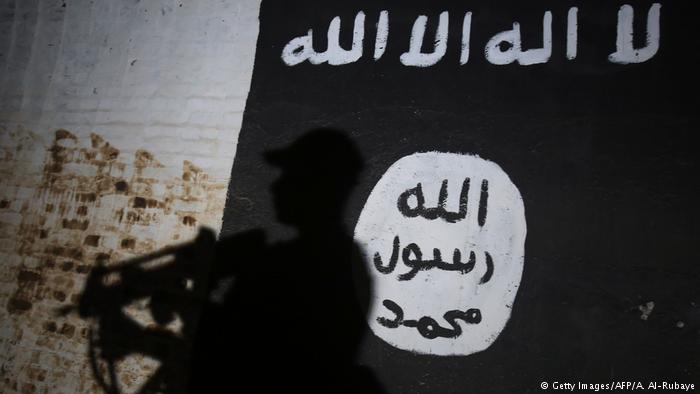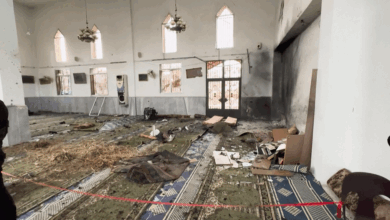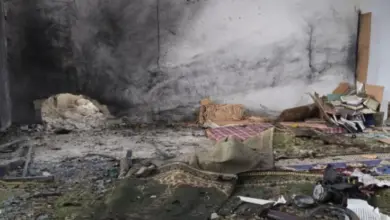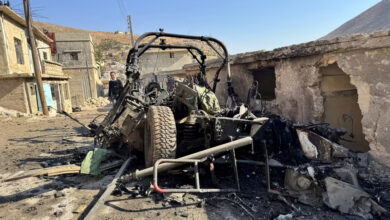
AMMAN (Reuters) – Hundreds of Islamic State militants withdrew from the heart of a rugged area in southeastern Syria after holding up for over three months against a major campaign by the Syrian army and its allies to crush them, rebels and residents said on Sunday.
They said jihadists dug into the Tulul al Safa heights, east of Sweida province, had begun their retreat in the last few days as Syrian army tanks backed by heavy air strikes approached their last hideout.
Local leaders in Sweida city said the army and militias had suffered heavy losses in weeks of attempts to advance deep into the volcanic plateau area where the rugged terrain had long made it an ideal refuge for fugitives and insurgents.
Syrian state media, quoting army sources, said they had closed in on Tulul al Safa and pro-government websites said the army had finally raised the national flag near the tomb of an revered holy figure close to the site.
The jihadist group, which lost most of its territory in Syria last year, rampaged through Sweida city in July from the desert areas east of the city, killing more than 200 people and detonating suicide vests.
The militants are believed to have fled to other areas to the west, including the towns of al Hasa and al Rahba, with many also melting into the vast sparsely populated eastern desert region, a former rebel source familiar with the area said.
Further northeast, the US-led coalition was waging air strikes against the town of Hajin, east of the Euphrates River, in the last remaining Islamic State-held pocket in Syria near the border with Iraq.
Reporting by Suleiman Al-Khalidi; editing by David Evans.




